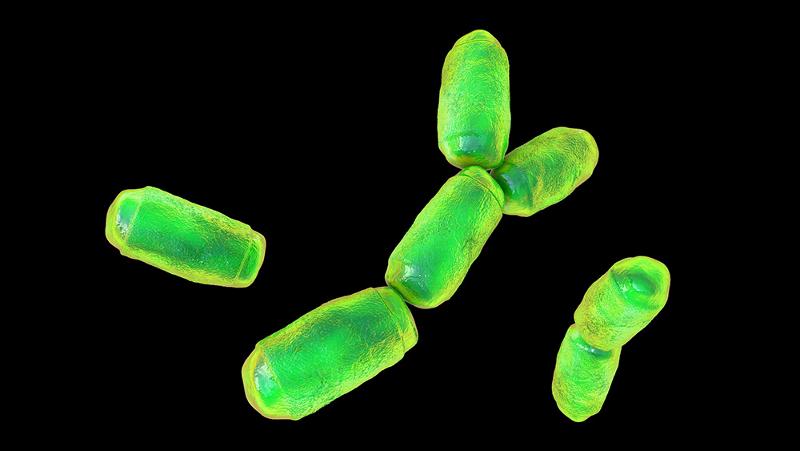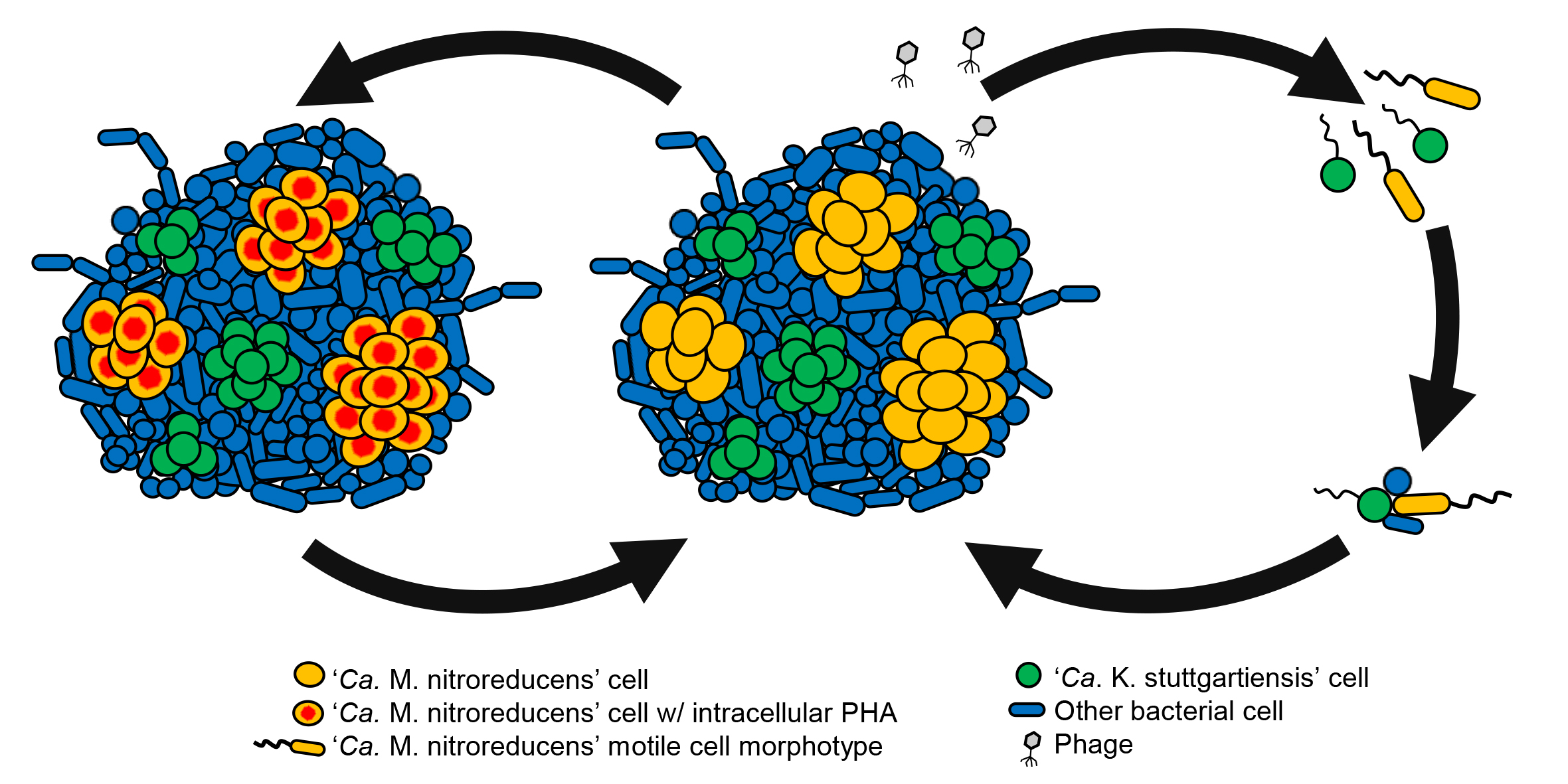
A microorganism that helps reduce the release of the greenhouse gas methane into the atmosphere has been found to be a ‘shape shifter’ capable of markedly changing its appearance and metabolism to rapidly respond to changes in its environment, a team of microbiologists has found.
- Study of a globally distributed species of methane-consuming microorganism vital for sustaining Earth’s climate
- Identified distinct life stages for this microorganism that enable it to rapidly respond to changes in its environment
- First study to show a complex life cycle of an archaeal species within a mixed microbial community
QUT scientist Dr Simon McIlroy from the QUT Centre for Microbiome Research said the research team had identified the complex lifecycle of the microorganism, ‘Candidatus Methanoperedens nitroreducens’ (‘Ca. M. nitroreducens’) which is critical to maintaining the Earth’s climate.
Published in Nature Microbiology, the team describes the discovery of three distinct life stages of ‘Ca. M. nitroreducens’, which performs anaerobic methane oxidation coupled with nitrate reduction.

nitroreducens’.
“This species is globally distributed in natural environments where organic carbon is present in the absence of oxygen” Dr McIlroy said.
“These microorganisms feed on methane that is produced in the environment dramatically reducing its release into Earth’s atmosphere.
“As a greenhouse gas methane is second only to carbon dioxide in contributing to climate change, making these organisms vital for maintaining Earth’s climate.”
Dr McIlroy said the team’s previous research had found that this microorganism is remarkably able to adapt to its environment by essentially ‘stealing’ genes from other species to enable it to use different nutrients.
“We found in the current study that all the observed ‘Ca. M. nitroreducens‘cell types were genomically identical, despite having different shapes and gene expression profiles associated with carbon metabolism, movement, and cell division,” he said.
“The different cell types of this single microbial species appear to perform different functional roles, enabling the species to rapidly respond to and endure sub-optimal environmental conditions.”
“As the species cannot be grown in isolation in a laboratory, this research applied innovative approaches for its study.”

Dr McIlroy said this study was the first to demonstrate distinct life stages for a member of the Archaea within a complex microbial community.
“These findings have general implications for our understanding of how microorganisms adapt to changes in their environment,” he said.
The research team comprised Dr McIlroy, Dr Andy O Leu, Dr Rhys Newell, Dr Ben J Woodcroft and Professor Gene W. Tyson (QUT Centre for Microbiome Research); Dr Xueqin Zhang, Professor Zhiguo Yuan, Associate Professor Shihu Hu (Australian Centre for Water and Environmental Biotechnology, University of Queensland).
Anaerobic methanotroph ‘Candidatus Methanoperedens nitroreducens’ has a pleomorphic lifecycle was published in Nature Microbiology.
QUT Media contacts:
Niki Widdowson, 07 3138 2999, or n.widdowson@qut.edu.au
After hours: 0407 585 901 or media@qut.edu.au.


